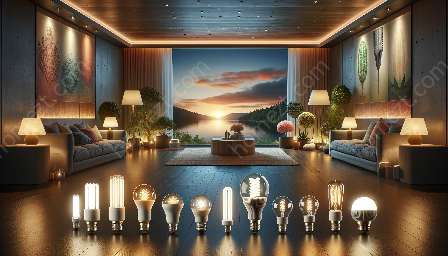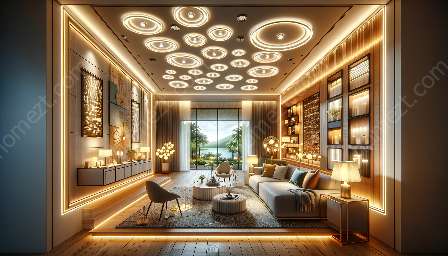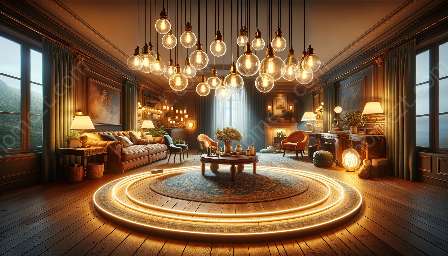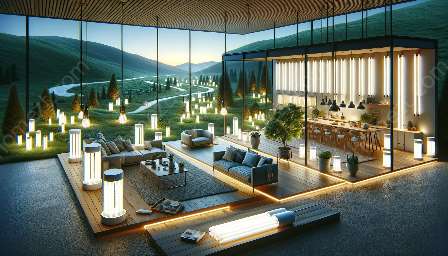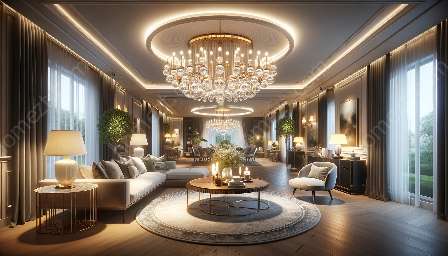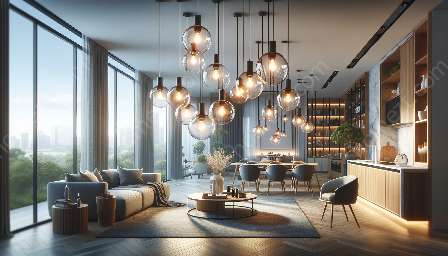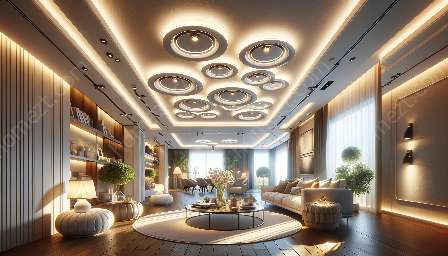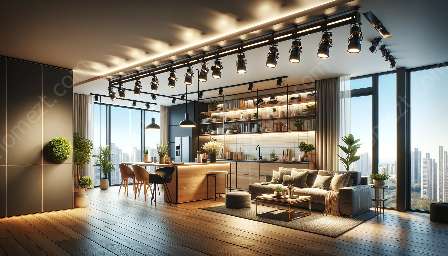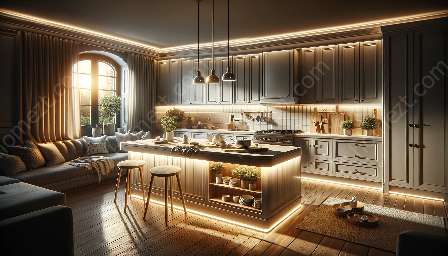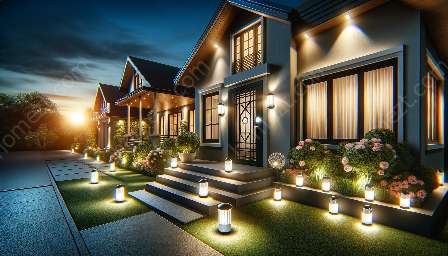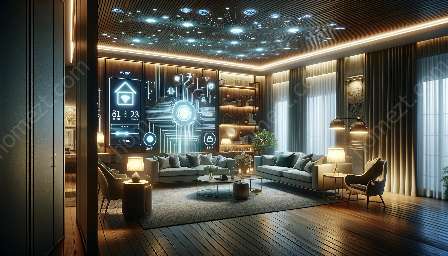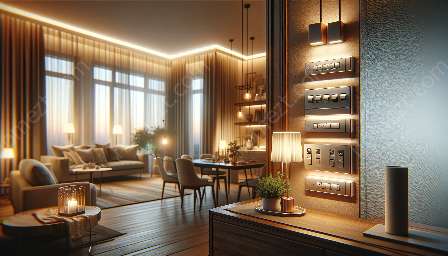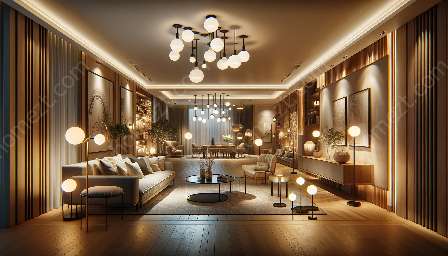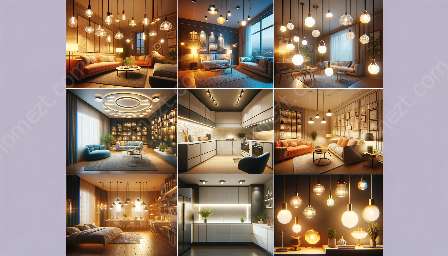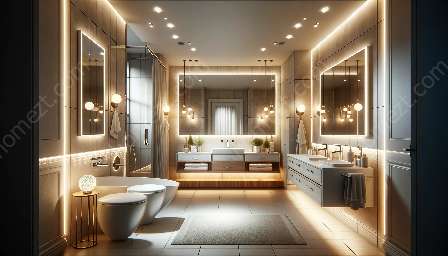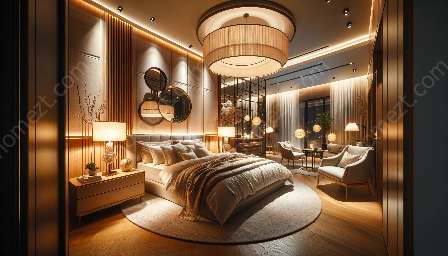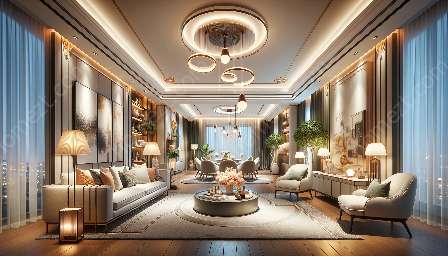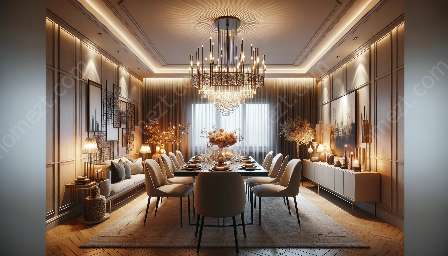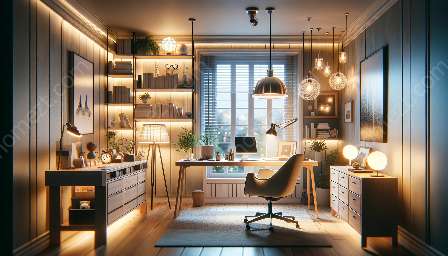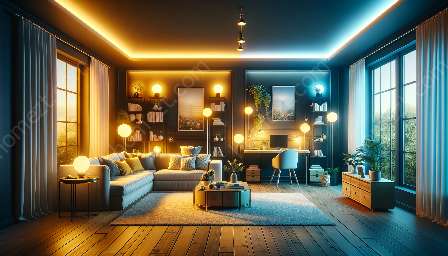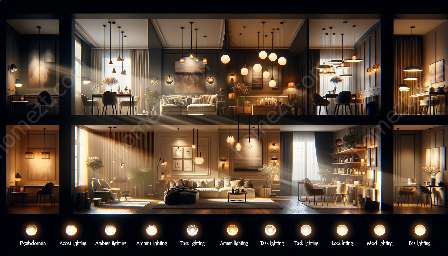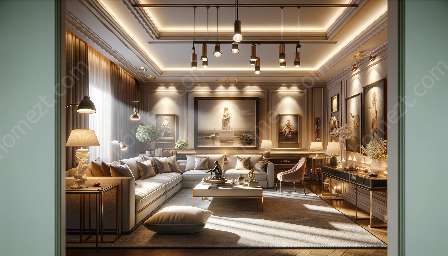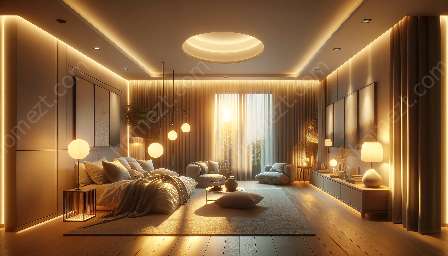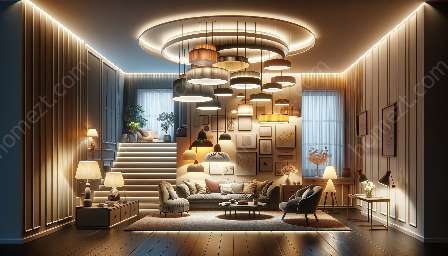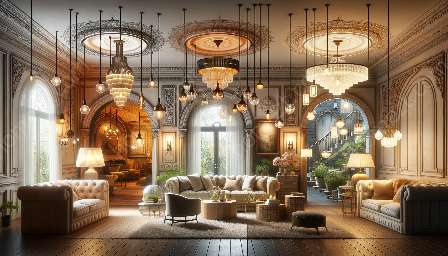As we delve into the world of home improvement, one aspect that often goes overlooked is the art of lighting placement and design. The way in which we illuminate our living spaces can significantly impact the ambiance, functionality, and aesthetics of our homes. From accentuating architectural features to creating focal points, the strategic placement and thoughtful design of lighting can elevate the entire atmosphere of a room.
The Significance of Lighting Placement and Design
Lighting plays a crucial role in setting the mood of a room and highlighting specific elements of the decor. By understanding the fundamental principles of lighting placement and design, homeowners can transform their living spaces into inviting, functional, and visually appealing areas. Whether it's a cozy reading nook or an expansive living room, the right lighting can bring out the best in any environment.
Fundamentals of Lighting Design
Before diving into the specifics of lighting placement, it's essential to grasp the basics of lighting design. This includes understanding the various types of lighting – ambient, task, and accent – and their respective roles in creating a well-lit and harmonious space.
Ambient Lighting
Ambient lighting, also known as general lighting, serves as the primary source of illumination in a room. It provides overall visibility and sets the tone for the space. Common examples of ambient lighting include ceiling-mounted fixtures, chandeliers, and wall sconces.
Task Lighting
Task lighting is focused on providing adequate illumination for specific activities such as reading, cooking, or working. It is often found in the form of desk lamps, under-cabinet lights in kitchens, and pendant lights placed over work areas.
Accent Lighting
Accent lighting is used to highlight architectural features, artworks, or focal points within a room. This type of lighting adds depth and drama to the space. Examples of accent lighting include track lighting, wall-mounted picture lights, and recessed spotlights.
Placement Strategies for Different Rooms
Each room in a home has unique lighting requirements. By tailoring the placement and design of lighting fixtures to suit the specific needs of each room, homeowners can create a cohesive and inviting environment throughout their living spaces.
Living Room
The living room often serves as the central hub of a home, where occupants gather for various activities. To achieve a well-balanced lighting scheme, homeowners can incorporate a mix of ambient, task, and accent lighting. This could involve a combination of overhead fixtures, floor lamps for task lighting, and strategically placed wall sconces or picture lights to highlight artwork or architectural features.
Kitchen
In the kitchen, adequate task lighting is essential for food preparation and cooking. Under-cabinet lighting can provide focused illumination on countertops, while pendant lights or a central fixture can serve as ambient lighting for the entire space. Additionally, accent lighting can be used to showcase decorative elements such as glassware or a statement backsplash.
Bedroom
In the bedroom, creating a serene and relaxing ambiance is key. Soft, ambient lighting can be achieved through the use of bedside lamps, while recessed lights or a statement chandelier can add a touch of elegance. The strategic placement of dimmer switches can also allow for adjustable lighting levels, catering to different moods and activities.
Choosing the Right Fixtures and Bulbs
When it comes to lighting design, the selection of fixtures and bulbs is as important as their placement. Fixtures should complement the overall decor style of the room, whether it's modern, traditional, or eclectic. Additionally, choosing the right bulbs in terms of color temperature, brightness, and energy efficiency can greatly impact the effectiveness of the lighting design.
Conclusion
By integrating the art of lighting placement and design into home improvement projects, homeowners can elevate the atmosphere and functionality of their living spaces. Effective lighting not only enhances the visual appeal of a room but also contributes to the overall comfort and usability of the space. Whether it's creating a cozy ambiance in the living room or optimizing task lighting in the kitchen, mastering the principles of lighting placement and design can truly transform the way we experience our homes.

